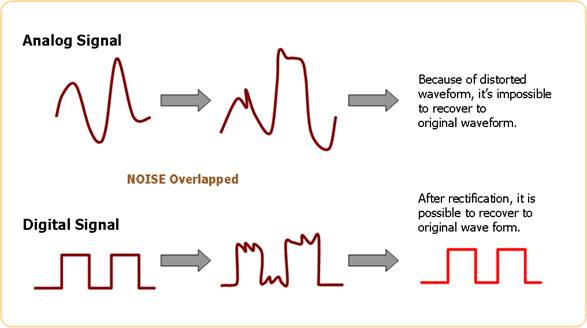Filter
Bead
This item checks for the distance and existence of bead component in signal pattern.
In order to prevent noise coupling to or form other signals, the designer may assign bead components in signal pattern. The distance from IC to bead component should be kept as short as possible. A ferrite bead is a passive electric component used to suppress high frequency noise in electronic circuits. It is a specific type of electronic choke. Ferrite beads employ the mechanism of high dissipation of high frequency currents in a ferrite to build high frequency noise suppression devices.
- Item: Enter item name.
- Net: Select a target net group that nets in the group that needs bead components.
- Bead Comp: Select a component group that components in the group will be used as bead components.
- Start Comp: Select a starting component group.
- Distance: Assign a reference distance of bead components from the starting component.
Result
- PollEx DFE reports No Filter if there is no bead component.
- PollEx DFE reports No Start Comp if there is no starting component.
- If there is a bead component but it is placed too far from the starting component, PollEx DFE reports Distance Fail and measured distance as well as the reference distance.

Figure 1.
| Usage | Specification | Type | Recommentation |
|---|---|---|---|
| Power Line | BLM11P (0.5-1A) | Ferite Bead | IC Power Line |
| NFM2012P (2A) | 3-Terminal Capacitor | ||
| BLM41P (1-6A) | Ferite Bead | Power Circuit | |
| NFM46P (6A) | 3-Terminal Capacitor | ||
| Signal Line | BLM10A (10~1kΩ) | Ferite Bead | Weak Ground Pattern |
| BLA3216A (30~1kΩ) | Array-Type Ferite Bead | ||
| PLM3216K (280Ω) | Common Mode Choke | ||
| GRM36 | 2-Terminal Capacitor | Strong Ground Pattern | |
| NFM39R (22~2200pF) | 3-Terminal Capacitor | ||
| NFM60R (22~2200pF) | T-Type 3 Terminal Capacitor | ||
| NFA3216D (22~2200pF) | Array Type | ||
| High Speed Line | NFM51R (10M~500MHz) | 3-Terminal Capacitor | Normal Mode Noise |
| NFM839R (22~10Ω, 10~100pF) | RC-Type 3 Terminal Capacitor | ||
| NFA3216 (6.8~100Ω, 10~100pF) | RC Array Type | ||
| BLM11B (5~500MHz) | Ferite Bead | ||
| PLM250 (350~4kΩ) | Common Mode Choke | Common Mode Noise |
Characteristics of Analog and Digital Signals

Figure 2.